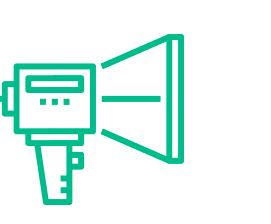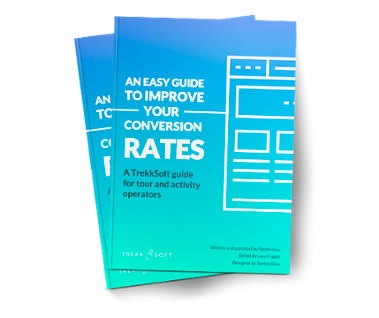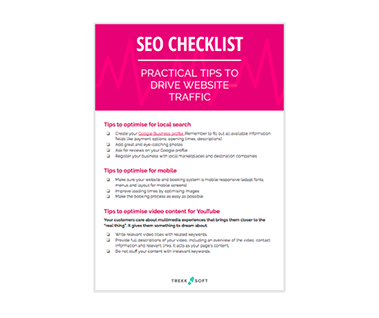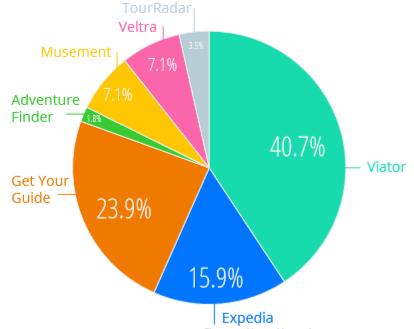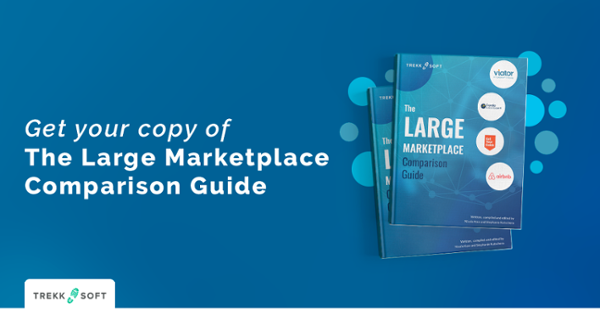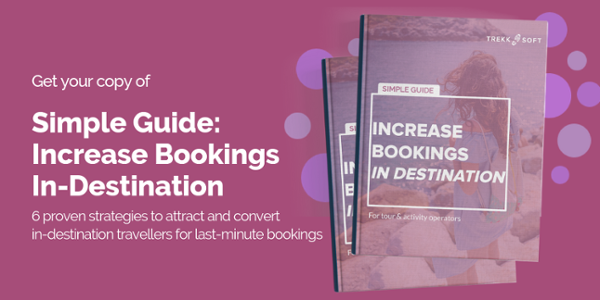Social Media
How's your social media presence? Today, brand identity continues to be tightly tied to social media and user-generated content. To define your social media strategy as a tour or activity operator or destination, we advise looking to your consumer behaviour before anything else.
Which social media platforms are your customers using? Where do they talk about your business and your destination?
You need to ensure you're active on these platforms, both in terms of sharing new content and engaging with people who talk about your products. For most tour and activity companies, we see them focusing on:
Facebook.For many tour & activity companies, Facebook is a key part of your online presence. It's worth thinking about your Facebook profile as another shopfront for your business: it helps to define your brand, facilitates communication with booked guests and potential customers, and gives out credibility signals for whether you're a trustworthy business to book with. Post regularly, share content of your tours and destination (including user-generated content), and engage with your followers. Over time, build up Facebook reviews by providing an exceptional customer experience.
Instagram.This is one of the best marketing tools out there to define and consolidate brand identity as a travel experience provider. Operators and destinations with well-thought-out strategies, originality, and regular posts are the ones standing out.
Among tour and activity providers, we don't see as much focus on Twitter. However, if your customers are using the platform then it's worth being there too – especially if you receive tweets with questions or last-minute communication about your activities.
Saying that, if you can't stay on top of a social media platform and provide speedy answers: it's not worth being there. Having a social media profile is a signal that you are open to communication through it – you can't afford to miss messages.
For each social media page you have, you also need to be happy with the brand identity it gives off. Does your Facebook, Instagram, or Twitter page match how you want to be perceived as a travel provider? If not, identify the issues now and make a plan to improve them. There's always a chance your potential guests will check you out on social media before booking – or find you through it.
One final piece of advice for social media: it's important not to spread yourself too thin. If there's one platform that most of your guests use and which brings you most results, it's perfectly acceptable to focus more on that!
Messaging Apps. For a more direct way to speak to your customers, messaging apps are becoming the fastest and most convenient way to connect and enhance their travel experience. According to Business Insider, the average smartphone owner uses 27 apps on their phone per month and the top four messaging apps (Messenger, WhatsApp, WeChat and Viber) have more monthly active users than the top four social networking apps (Facebook, Twitter, Instagram and Google+ .
Read More
Communication through messaging apps
Do tour and activity operators need Facebook

